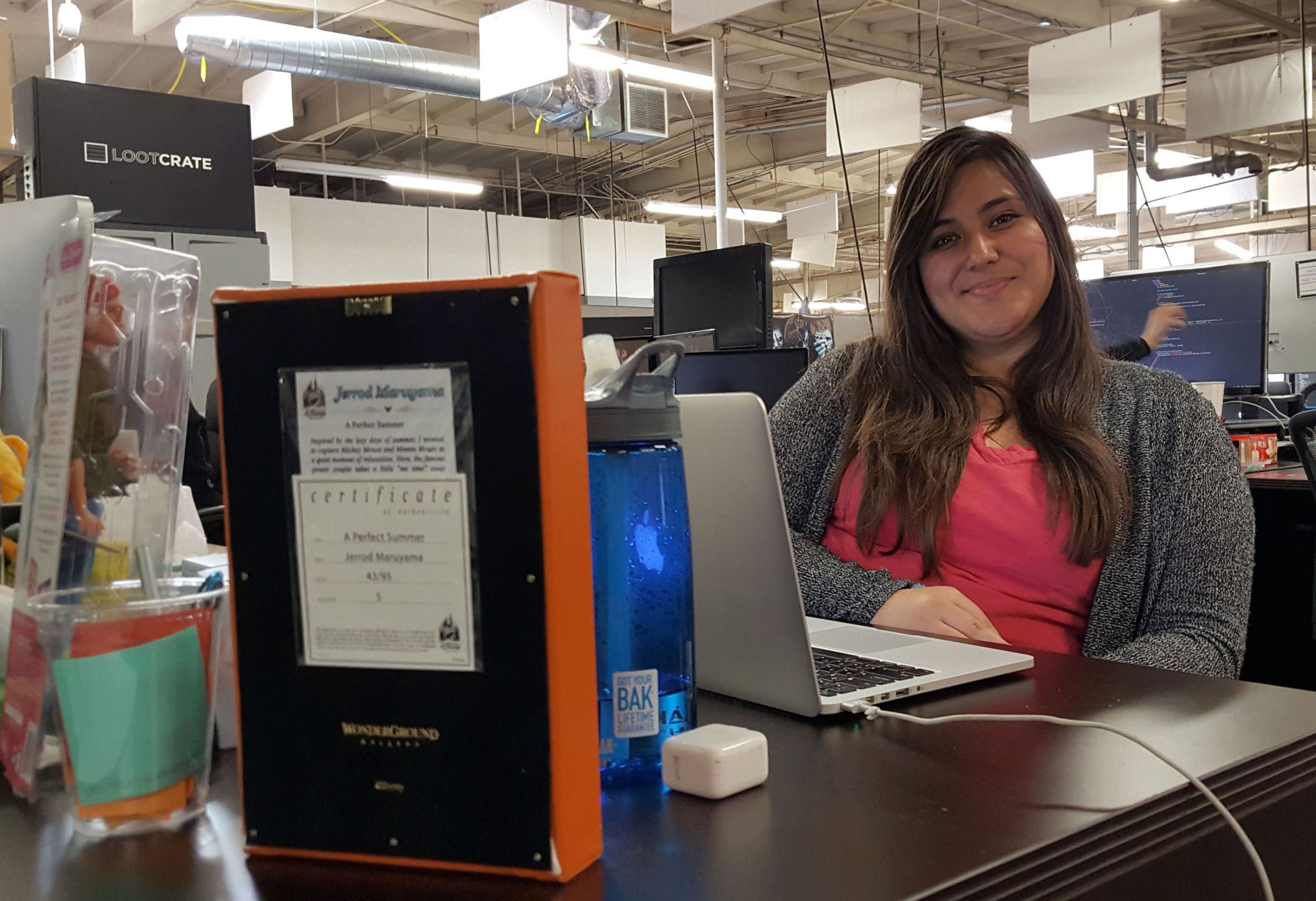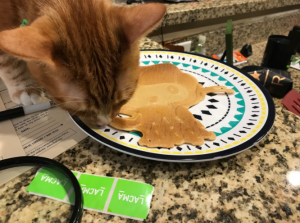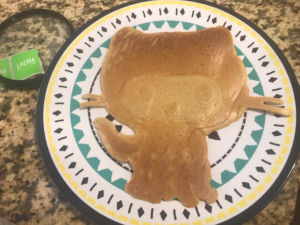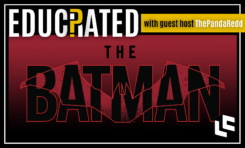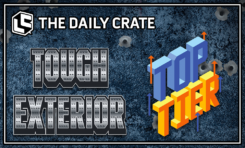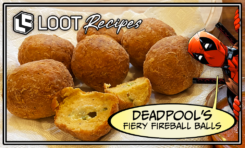Ever wonder who the folks are behind the online experience when you are browsing, checking out or updating your account at Loot Crate.com? Gloria Johnson is a member of our development team, and we spoke to her about what goes into our web experience!
Hi Gloria! Tell us your exact title, and what it is you do at Loot Crate?
I currently serve as lead product manager here at Loot Crate; I work with a team of product managers to define the digital experience. We’re currently investing in shaping the membership experience and looking at different ways we can engage with our fellow fans beyond the crate.
How long have you been with Loot Crate, and what were you doing before you joined the development team?
I’ve been with Loot Crate for about nine months now, but prior to this, I was working in adtech, helping companies measure and manage marketing campaigns. I’ve been working in tech for a little over eight years now, going from Google to gaming and now geekdom, and I gotta say, Loot Crate’s been a great adventure; I absolutely love working with and being surrounded by passionate people.
What is it about being a developer that appealed to you as a career, and how did you study to achieve it?
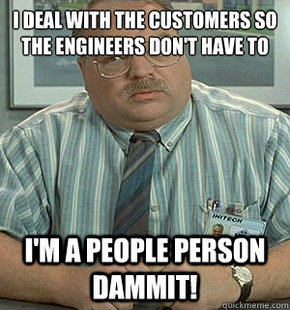 I started my career in the computer science department at Stanford. I was a decent developer at best, but truth be told, after my third all-nighter in a row in my umpteenth CS class, I realized I hated the act of programming. I did, however, love the development process. How do we know what to build? Who do we have to satisfy? How do we measure success?
I started my career in the computer science department at Stanford. I was a decent developer at best, but truth be told, after my third all-nighter in a row in my umpteenth CS class, I realized I hated the act of programming. I did, however, love the development process. How do we know what to build? Who do we have to satisfy? How do we measure success?
I explored the Human-Computer Interaction department and product design major simultaneously and learned the basics of product management and design: project management fundamentals, analytics and implementation, building business cases, quantifying user experience, and of course, documenting everything along the way. I basically picked up all the tasks that compose my current day-to-day in college.
While I may not code any more, I’ve found that I have a much greater impact identifying business needs and rallying teams of developers, designers, and business folks, around a customer-centric solution, as well as a shared understanding of the problems we’re trying to solve.
TL;DR (To my knowledge) Tom Smykowski has been the only product manager portrayed in Hollywood. He put it best in the 1999 film, Office Space: “I deal with the customers so the engineers don’t have to. I have people skills!”
As a member of the development team, you’re actively working on projects to make the Looter experience online better. What’s the most challenging aspect of this work?
Loot Crate has the exact opposite challenge of other startups where I’ve worked. In Silicon Valley, (both the show and the tech hub), you build something no one will buy, but the backend systems are so amazing, you pivot from your original business idea and get acquired by some company that just wants your technology. Here at Loot Crate, we sell things people actually buy, but the backend has undergone many revisions since the company was a small start-up. It makes things like launching a new mobile app a complex process. The challenge here is being able to go back and revise the underlying systems while simultaneously building upon and improving the customer experience.
What do you feel are some of your biggest achievements that you’ve completed, either on lootcrate.com or in other aspects of the business?
My team shipped the address suggestion feature on Loot Crate in 2017. So we got that going for us, which is nice. We also shipped an entirely new venture and website, launching Sportscrate.com in March of this year. There’s so much to be proud of with Sports Crate – that team did an amazing job. On the cultural front though, I do love that I can say I was the woman who led the development of our sports initiative with the MLB; it speaks volumes about our female-friendly engineering culture here at Loot Crate.
What is the most rewarding part of your job, and what is the most enjoyable?
To me, there are few things more satisfying than setting a course and guiding the team to the finish line. Being able to say “these are our goals. These are our checkpoints. And according to the team, this is our timeline,” then rallying the team to work towards those goals is pretty freakin’ fantastic, in my opinion. Sharing goals and celebrating success as a team is incredibly rewarding. As far as what’s enjoyable, I would say need-finding. My job is not to define a solution, but rather to define the problem space. I then work with smart people to help define the solution and find a way to meet requirements.
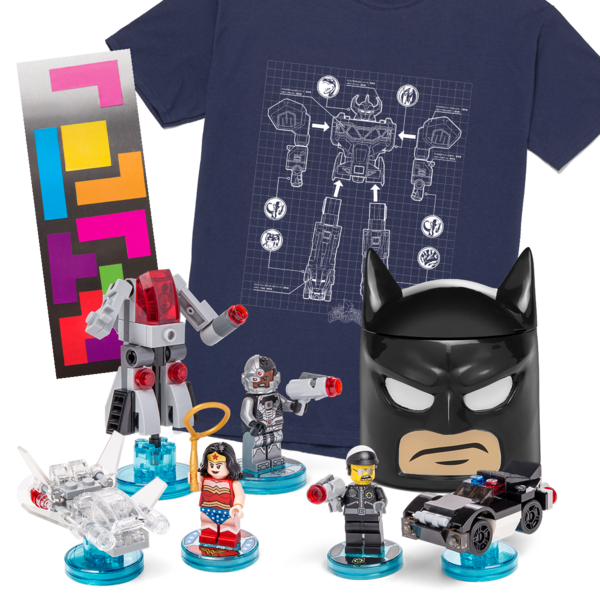 What are your particular favorite themes or crates that have gone out in the past couple of years, in any of our crate lines?
What are your particular favorite themes or crates that have gone out in the past couple of years, in any of our crate lines?
While I love the Halo minifigs (they’re seriously amazing), I have to say, the Build themed core crate was probably my fave. LEGO® shaped my childhood; even in college, I really wanted to be a Certified Professional, aka a RL Master Builder. Tetris was the first digital puzzle game I fell in love with too. Between that, the Power Rangers tee, and the Megazord container? So much nostalgia – and such a good crate!
Do you receive feedback from customers as part of the development process, and if so what do you take away from the interactions you have with Looters’ thoughts and ideas?
Feedback comes in many different forms. Using analytics, we can see where people stop clicking and experiment with what makes customers convert and what makes them cancel. Our support and community teams also provide a wealth of information on people’s pain points – they know firsthand what the biggest complaints are, straight from our customers. And our user experience/research teams conduct ethnographic research to help create a profile of our users and understand their motivations. Combined with industry data, this gives us a wealth of information. The product teams work to derive insight from this information, and action from those insights to inform deliberate digital design decisions.
Outside of Loot Crate, what do you personally geek out on? Any hobbies/interests in particular?
“Building” on that theme, I do actually love designing and creating physical products. I have a graveyard of Kickstarted 3D printers, and a MakerBot among other models. Recently, I’ve gotten into the culinary art of printing. The PancakeBot has been a solid investment.
Git’s Octocat and his cattabilistic demise pictured above.
What is the last great movie you saw, TV show you watched or book/comic you read?
Non-fiction books are my jam. Particularly behavioral economics and management theory – I love learning about people’s motivations and why folks do the things they do. That said, Adam Grant’s 2016 book, Originals: How Non-Conformists Move the World tops the list of great books read recently. It’s part advice, part analysis of historical figures who’ve disrupted the status quo. It’s reassuring knowing that folks who have had some of the greatest impacts on society weren’t afraid to ruffle a few feathers; it reminds me of the old adage, “You can please some of the people all of the time, you can please all of the people some of the time, but you can’t please all of the people all of the time.”
And if you could create your own crate (anything at all!) what would it be?
Hands down: A Mike Judge crate. His works represent different phases of my life.
- Daria is and was every snarcastic teenage girl who felt like she didn’t quite fit in in high school, but didn’t care enough to attempt to assimilate.
- King of the Hill was a reality for anyone who’s ever grown up in a small town.
- Beavis and Butthead was an integral part of teenage rebellion. When I was younger, I’d fast forward through the music videos to watch the shorts. It wasn’t until college that I’d come to appreciate the comedic genius that is the music video experience.
- Silicon Valley aired at a time when the startup where I was working was undergoing a massive pivot. I worked for a real Richard.
- Office Space is funny even if you haven’t worked a soul-sucking corporate job… but after you work at an Initech and live that experience, Peter Gibbons becomes your spirit animal. And though we don’t work with a Michael Bolton, we do work with a John Williams! Who doesn’t love the original Star Wars score?
Darn, we’d love to buy that crate now. 🙂 Thanks for chatting with us, Gloria!
